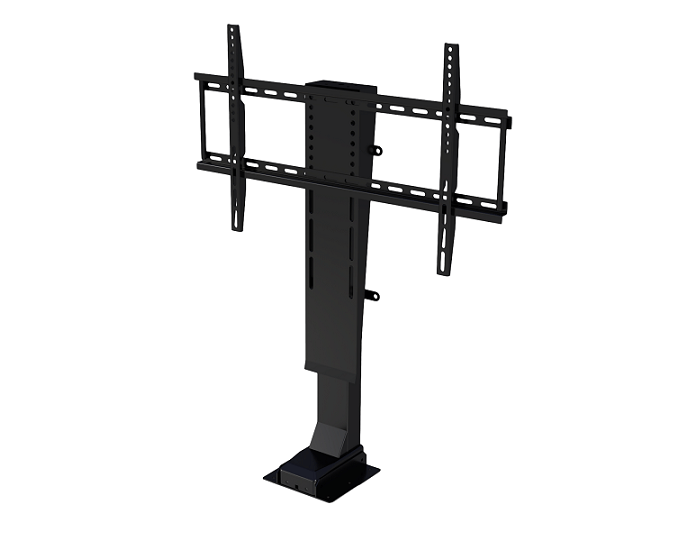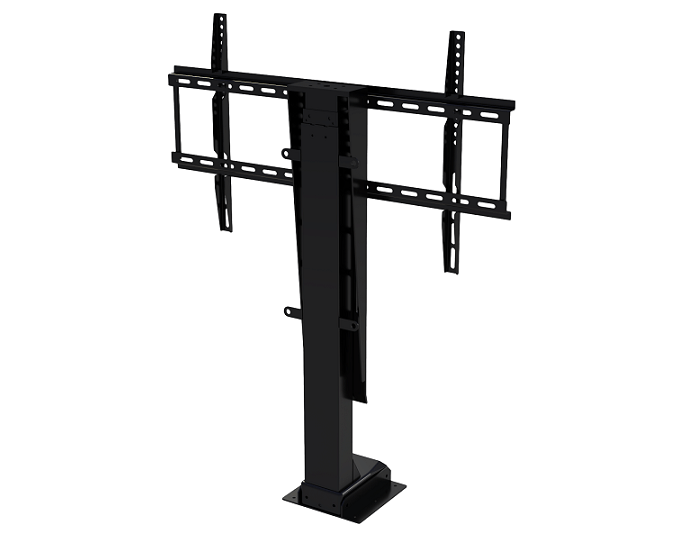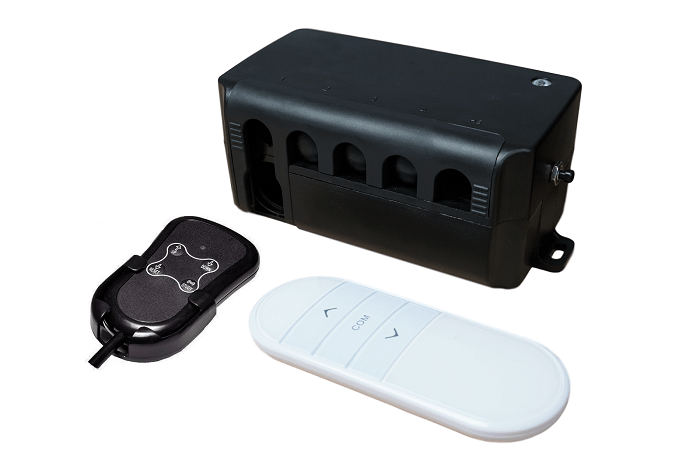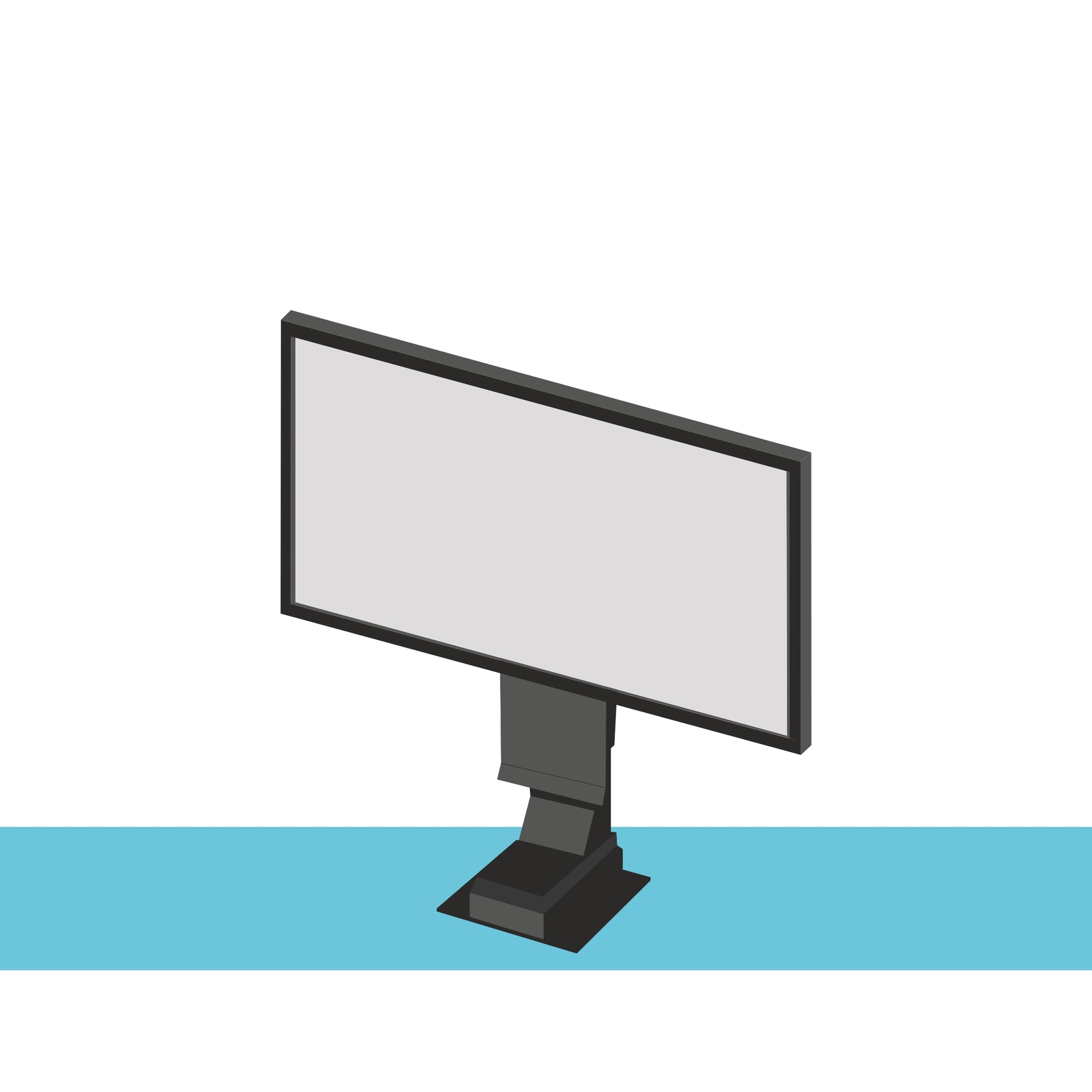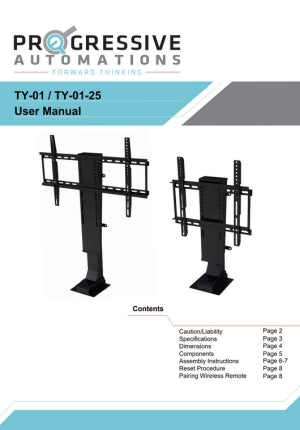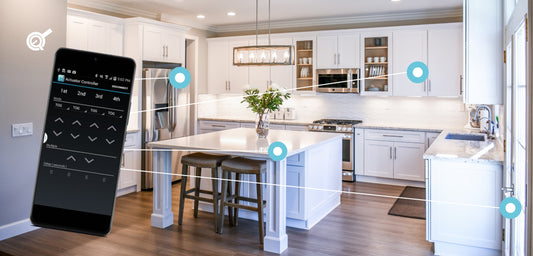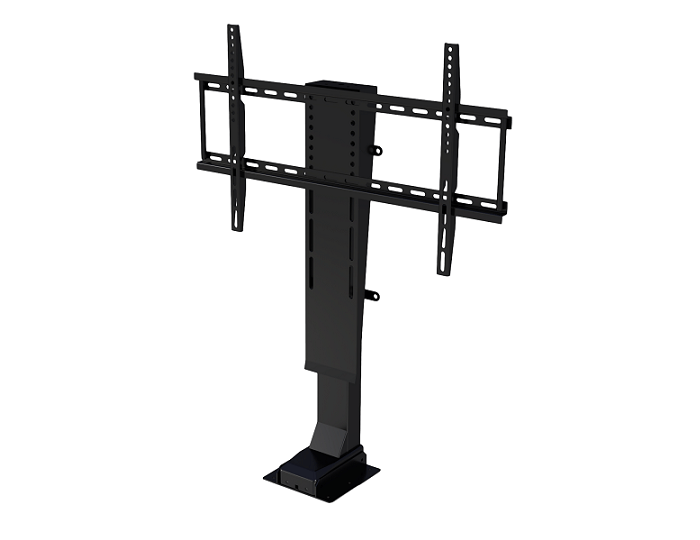
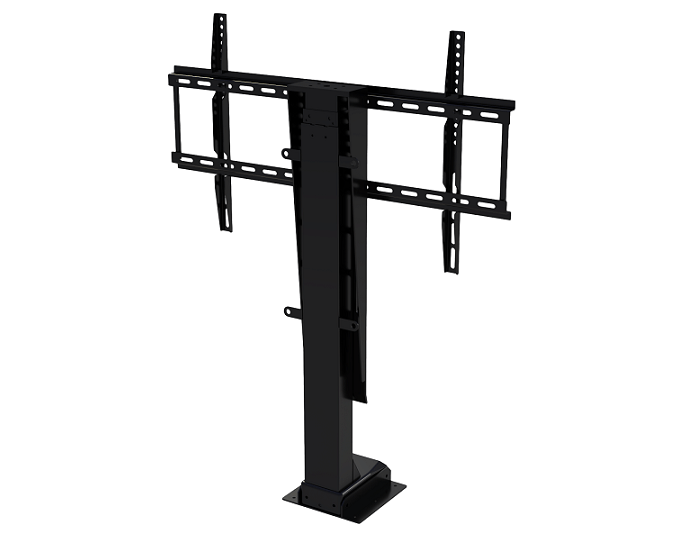
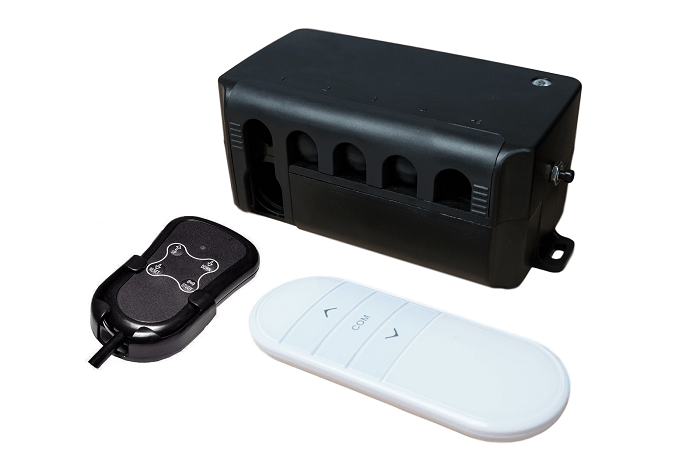
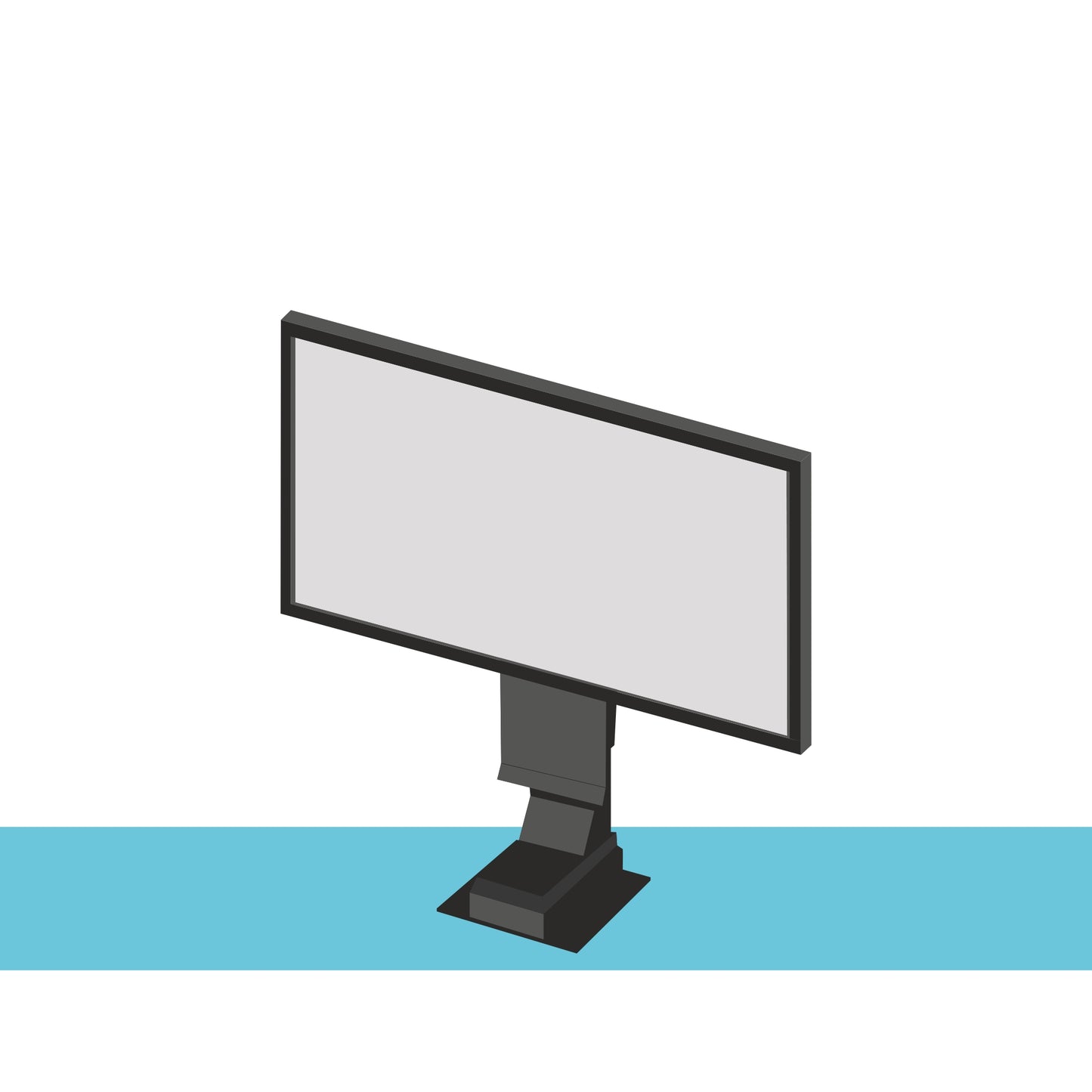
The TY-01 Motorized TV Lift Kit is a great introduction to home automation. Whether you're a DIY enthusiast or a professional contractor, this is the perfect unit for completing the home automation experience. It can be used to keep your television out of sight and appear at a press of a button, or to control the television height for optimal viewing pleasure. This model is able to raise your TV up to 39” high and is easily controlled with the wireless remote control.
It can be installed upright or upside-down almost anywhere such as behind fireplace mantles, inside cabinets, or on top of a dresser. Any television size between 32” and 60” is ideal for the TY-01. 2x AAA batteries are sold separately for the wireless remote.
The TY-01 Motorized TV Lift Kit is a great introduction to home automation. Whether you're a DIY enthusiast or a professional contractor, this is the perfect unit for completing the home automation experience. It can be used to keep your television out of sight and appear at a press of a button, or to control the television height for optimal viewing pleasure. This model is able to raise your TV up to 39” high and is easily controlled with the wireless remote control.
It can be installed upright or upside-down almost anywhere such as behind fireplace mantles, inside cabinets, or on top of a dresser. Any television size between 32” and 60” is ideal for the TY-01. 2x AAA batteries are sold separately for the wireless remote.
Following a set of standards is crucial for businesses to ensure their products and services can meet a level of quality that promotes customer satisfaction. At Progressive Automations, we aim for nothing but the best for our customers and strive toward continual improvements. Because of this, we are excited to announce that Progressive Automations is now ISO 9001:2015 certified!
Quality You Can Trust – Learn More2D/3D models

